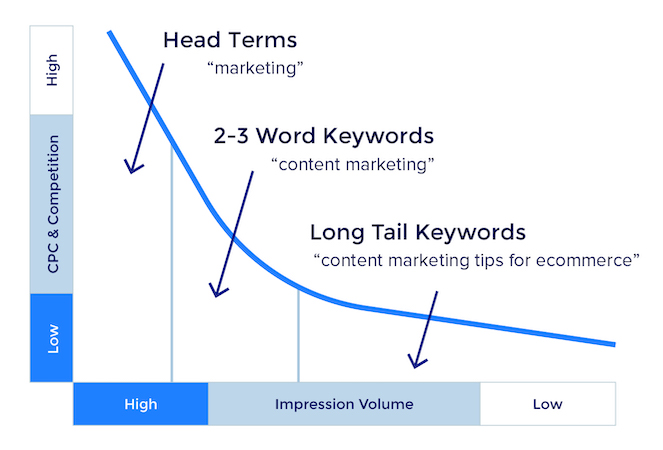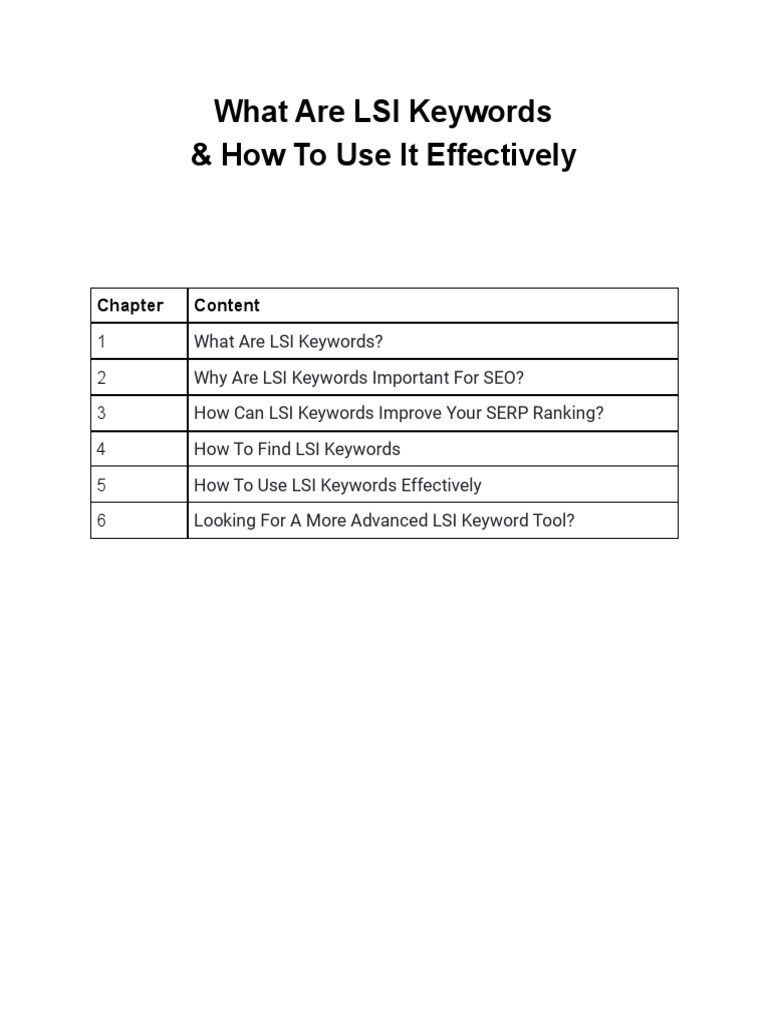
In the ever-evolving world of digital marketing, keyword ranking remains a cornerstone of successful SEO strategies. Understanding and optimizing your keyword ranking can significantly impact your website’s visibility, traffic, and ultimately, your business’s growth. This guide will provide you with actionable steps to improve your keyword ranking in 2024, ensuring your content reaches the right audience at the right time.
Understanding the Importance of Keyword Ranking
Keyword ranking refers to the position your website holds in search engine results pages (SERPs) for a specific keyword or phrase. The higher your ranking, the more likely users are to click on your link, leading to increased organic traffic. For businesses, this translates into more leads, sales, and brand awareness.
To achieve a high keyword ranking, it’s essential to understand what your audience is searching for. Keywords help bridge the gap between user intent and your content. By identifying and targeting the right keywords, you can create content that resonates with your audience and meets their needs effectively.
Step 1: Conduct Thorough Keyword Research

The foundation of any effective SEO strategy starts with keyword research. This process involves identifying the keywords and phrases that your target audience uses when searching for information related to your business or industry.
Tools for Keyword Research
Several tools can aid in keyword research, including:
- Google Keyword Planner: Offers insights into search volume and competition.
- Ahrefs: Provides comprehensive data on keywords, including search volume, difficulty, and competitor analysis.
- SEMrush: Allows you to analyze competitors’ keywords and discover new opportunities.
By leveraging these tools, you can uncover valuable keywords that align with your business goals and audience interests.
Identifying Long-Tail Keywords
Long-tail keywords are longer, more specific phrases that often have lower search volume but higher conversion rates. These keywords can be highly effective for targeting niche audiences and capturing high-intent traffic. For example, instead of targeting “surfboards,” consider “best surfboards for beginners.”
Step 2: Optimize Your Content for Targeted Keywords

Once you’ve identified your target keywords, the next step is to optimize your content. This involves strategically placing your keywords in key areas of your content to improve visibility without compromising readability.
Key Areas for Keyword Placement
- Title Tags: Ensure your primary keyword appears in the title tag of your webpage.
- Meta Descriptions: Include your keyword in the meta description to entice users to click through.
- Headings (H1, H2, H3): Use your keywords in headings to signal relevance to search engines.
- Content Body: Naturally incorporate your keywords throughout the content, aiming for a keyword density of 1-2%.
Avoiding Keyword Stuffing
While it’s important to include your keywords, overusing them can lead to a negative user experience and may even result in penalties from search engines. Focus on creating high-quality, engaging content that naturally incorporates your keywords.
Step 3: Enhance User Experience (UX)
Search engines prioritize websites that offer a positive user experience. Therefore, improving your site’s UX can indirectly boost your keyword rankings by increasing dwell time and reducing bounce rates.
Tips for Improving UX
- Mobile Optimization: Ensure your website is mobile-friendly, as a significant portion of searches occur on mobile devices.
- Fast Loading Speed: Optimize images, use caching, and minimize code to improve page load times.
- Clear Navigation: Make it easy for users to find what they’re looking for with intuitive navigation and a well-structured layout.
By focusing on UX, you not only enhance your site’s performance but also increase the likelihood of users engaging with your content, which can positively impact your keyword rankings.
Step 4: Build Quality Backlinks
Backlinks remain one of the most critical factors in determining your keyword rankings. Search engines view backlinks as votes of confidence, indicating that your content is valuable and trustworthy.
Strategies for Building Backlinks
- Guest Blogging: Write articles for other reputable websites in your niche, including a link back to your site.
- Content Marketing: Create high-quality, shareable content that others will want to link to.
- Social Media Engagement: Promote your content on social media platforms to increase visibility and encourage shares.
By building a strong backlink profile, you can enhance your site’s authority and improve your chances of ranking higher for targeted keywords.
Step 5: Monitor and Analyze Your Performance
Regularly monitoring your keyword rankings and overall SEO performance is crucial for making informed decisions and adjustments.
Tools for Monitoring SEO Performance
- Google Analytics: Track traffic sources, user behavior, and conversion rates.
- Google Search Console: Identify indexing issues, monitor crawl errors, and track your site’s performance in search results.
- SEMrush or Ahrefs: Provide detailed insights into your keyword rankings, competitor analysis, and content performance.
By analyzing your data, you can identify what’s working and what needs improvement, allowing you to refine your SEO strategy for better results.
Conclusion
Improving your keyword ranking is an ongoing process that requires a combination of strategic planning, content optimization, and continuous monitoring. By following the steps outlined in this guide, you can enhance your website’s visibility, attract more organic traffic, and ultimately drive business growth.
Remember, the goal is not just to rank higher for specific keywords but to provide value to your audience. By focusing on quality content, user experience, and authoritative backlinks, you can achieve sustainable improvements in your keyword rankings and establish a strong online presence.
As you implement these strategies, keep in mind that SEO is a dynamic field, and staying updated with the latest trends and best practices is essential for long-term success. With dedication and the right approach, you can elevate your keyword rankings and unlock new opportunities for your business in 2024 and beyond.








